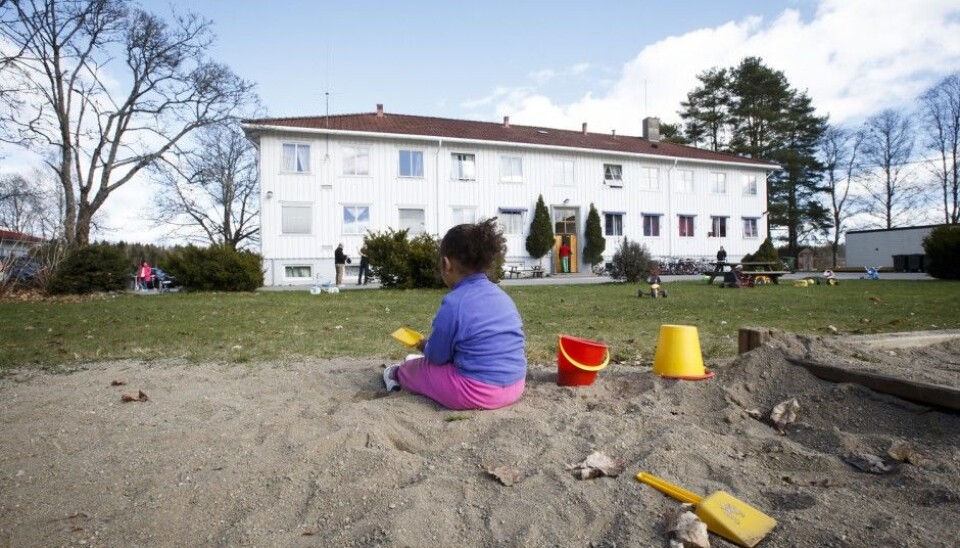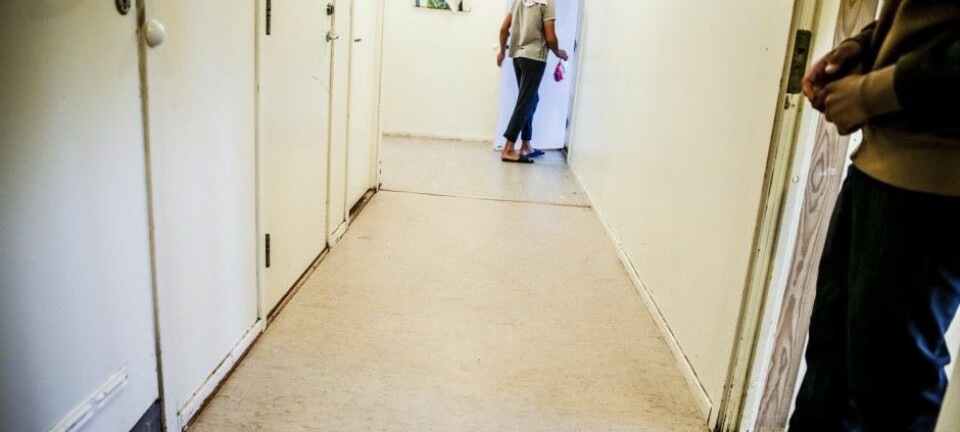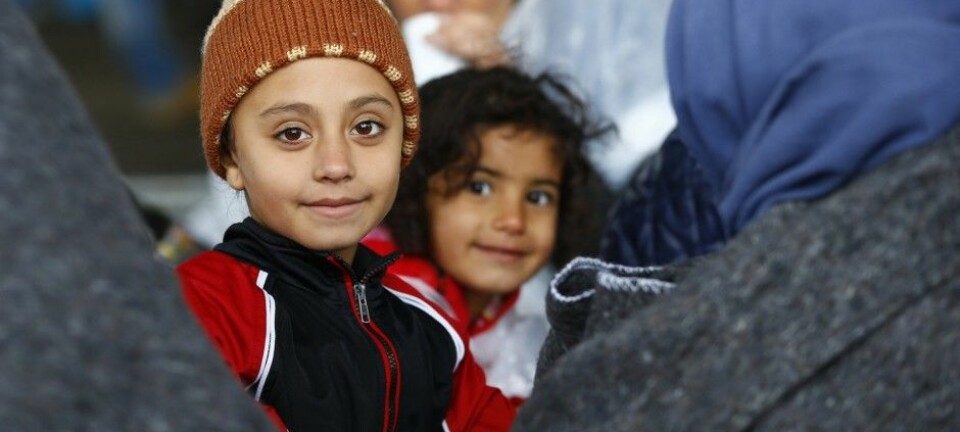
Asylum-seeking children get poorer
Families at reception centres for asylum seekers have already lived in poverty for many years, but are now trailing even further behind the general population in Norway.
Children residing in reception centres for asylum seeker are poorer than most of their Norwegian peers.
The purchasing power of the aid to families in such centres has dropped by 20 percent from 1989 to 2016, according to a study from Oslo and Akershus University College of Applied Sciences (HiOA).
This year, a family of two adults and two children aged six to ten have NOK 8140 [$988] to live on per month. They have no rent, but must pay for their clothing, food and other costs.
The gap has grown between families with young children in these centres and equivalent families elsewhere in Norway.
Half the recommended sum
The Norwegian Government authorities determine how much aid asylum seekers receive. Amounts are constantly changing. The Norwegian Directorate of Immigration (UDI) follows up the Government’s policies and thus dictates the allowances. Such regulations are generally issued twice a year.
The researcher behind the new study has compared the amounts granted to asylum seeking families with those for families on welfare and calculations by the National Institute for Consumer Research (SIFO) regarding what it costs to live in Norway when outlays for rent and utilities are deducted.
The gap between the two groups has grown wider, especially after Norway’s policies regarding asylum seekers were tightened in the wake of the flood of immigrants, refugees and asylum seekers in 2015, mostly across Norway’s border with Russia.
The amounts given to asylum seekers this year are scarcely more than they were in 2001 and far below the allowances given to equivalent people on welfare.
They are less than half of what SIFO estimates a Norwegian family needs.
Waiting for years
The figures apply to families who are waiting for a decision regarding their asylum application. This is because the researcher could only obtain these allowances for the entire period.
Most of those residing in reception centres have either already been rejected or have been granted residence but are waiting to be placed in a municipality. The wait can be long. According to a report from HiOA from 2015, one in three children at reception centres under the age of 18 had lived there for at least three years.
Families who have been granted residence in Norway qualify for child benefits, but this money is deducted from the other aid they receive. So as long as they are still in a reception centre their financial situation remains poor.
Scaring off asylum seekers
A stated goal in official documents about giving asylum seekers a defensible living situation was dropped in 2015.
Prior to that amendment there was a balance in policy between “plain and defensible”, even though researchers already suggested that certain reception centres for asylum seekers are unworthy for use as residences.
Instead of comparing these places with the standard of residences in Norway, reception centres started to compare their facilities with those of other reception centres in Europe.
UDI now operates under a plan whereby Norway is not supposed to look more attractive than other countries.
The current Norwegian Government also tried to convey this in 2015 via a campaign to frighten off asylum seekers. But no one has researched the issue of how effective this campaign was.
In any case, the reduced benefits have an impact on the children. Although Norway is obligated to follow the UN Convention on the Rights of the Child, domestic politics regarding immigration often get priority, writes the researcher in Tidsskrift for Velferdsforskning [Journal for Welfare Research].
-------------------------------------
Read the Norwegian version of this article at forskning.no
Translated by: Glenn Ostling
































